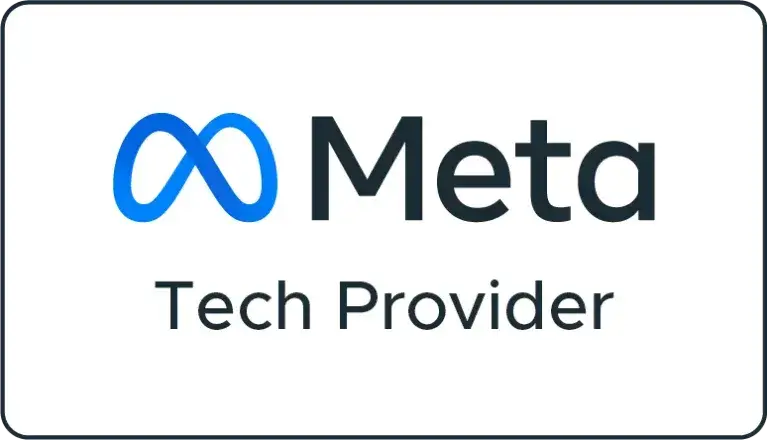Introduction
Social media analytics tools will enter the house of every marketer in 2024. They have become an indispensable working tool, no matter if you are a greenhorn or a seasoned professional. The use of social media analytics is also important. It enables marketers to unravel the riddle of audience behavior, optimize content strategies, and achieve meaningful results.

1. Data-driven decision-making:
Social media analytics tools give you an opportunity to receive actionable insights on the basis of real-time social media data. This way, you won’t have to take chances and work by intuition.
Just imagine having a set of keys to social media analytics tools. You gaze into your crystal ball and understand what kind of content excites your audience the most, learn when is perfect for posting your content for ultimate engagement, and track the success of your campaigns.
2. Know your audience:
Who are your followers? What do they like to do? What are their preferences and characteristics? Enter social media analytics tools. They provide insights on that matter.
If you only know your audience, you will be able to battle with relevant assumptions, make your social media messaging more tailored and personalized, and thus make valuable connections.
3. Measure your performance;
You need tons of metrics. Your engagement rate, Click-throughs, and Social media analytics tools quantify your social media results.
This means that if you measure your performance metric, you will be able to rethink your strategies, spend your resources wisely, and be able to answer the stakeholders’ demands to show the results you promised.
Key Metrics to Monitor in Social Media Analytics Tools
At the end of the day, choosing the right metrics is similar to getting a good compass on your social media analytics tools journey. High-quality metrics not only guide your steps but also shed light on the correct path. Moreover, monitoring chosen metrics becomes an easy way to evaluate success. Here is what you should pay close attention to:
-
- Engagement rate.
- Definition: This measure of how often your audience expresses interest in your content through liking, commenting, sharing, and clicking.
- Why it matters: High engagement rates mean that you post what your audience likes. Low engagement may hint at the need for changes.
- Click-through rate.
- Definition: This metric indicates what % of people who saw the link (a post, an advertisement) actually clicked on it.
- Why it matters: High CTR means good content and efficient CTAs. Focusing on attention CTR may help you drive traffic to your site or LP.
- Conversion rate.
- Definition: This metric outlines what % of users who interacted with your content performed the desired action afterward.
- Why it matters: Eventually, your business goals rely on conversions. Analyze the metrics to understand what type of content converts.
- Engagement rate.
- Audience demographics.
-
- Definition: Analyze the audience by age, gender, location, interests, and ad behavior.
- Why it matters: You need to know who you are talking to. For example, a younger audience may prefer informal language and modern visuals.
- Type of content.
- Definition: This metric allows you to analyze which content form Works best for you.
- Why it matters: It allows you to focus on content creation that really works.
Types of Social Media Analytics Tools

- Platform-Specific Tools:
These tools are designed to work with a particular social media platform so you can get a detailed overview of your performance. Some notable ones include:
-
- Facebook Insights:
This tool is created for Facebook pages. You can check what post is doing more or less well, what audience found it engaging, and how they interact with it. Here, you can check the number of likes and shares, types of comments, and pageviews. Use Voicesmash to track all of this and compile reports to further analyze the data further.
-
- Twitter Analytics:
The native Twitter analytics tool will show you the performance of your tweet, how much the audience has grown, and what they are interested in. Make sure to go to Messages and check your top tweets to see what works for your Twitter audience.
- Instagram Insights:
Instagram has built-in analytics that mainly focuses on visual content. It helps measure reach, impressions, and audience, whereas, for Stories, you can see which filter performs better.
- Third-Party Analytics Tools:
These are tools that work across multiple platforms, making them a versatile option for the marketer.
- Hootsuite:
Hootsuite supports several social media accounts to work from one dashboard to compile reports. For example, you can see the overview of your engagements, top-performing content, and audience growth.
- Sprout Social:
Sprout Social provides reports and analytics with tracking options. It also helps to get average response time and team performance and schedule posts for later.
- Buffer:
Buffer helps in scheduling which suits you and your audience most. Also, analyze the performance of your post and optimize link clicks.
- Advanced Analytics Solutions:
These are for those who want deeper insights that platform-specific and third-party tools don’t provide.
- Brandwatch:
Brandwatch provides enhanced analysis that is different from basic metrics. It helps in understanding the brand’s perception and relative industry performance.
- Talkwalker:
Talkwalker offers real-time social media listening options and features to monitor across platforms. It helps in knowing the trends and emerging hashtags.
- Crimson Hexagon:
It helps analyze social media data for market research using a combination of AI and human insights.
Choosing Your Tool Wisely
Choosing the right social media analytics tools depends on factors including budget, scalability, ease of use, and integration abilities. The perfect one will allow you to make data-driven decisions to improve your social media game.
Case: Social Media Analytics Tools for e-Commerce Brand’s Solid Engagement

Problem
It is a typical situation for Displate and many similar brands. Growing the following on social media is a personal achievement, and building solid engagement is an entirely different thing. High numbers on Facebook Page – 1.3 million likes; Instagram – 645k followers; Pinterest – 10M monthly views; and other accounts still required preserving and growing the level of engagement.
The Approach
Displate marketing team used NapoleonCat to analyze its social media presence, an all-in-one social media analytics tool. Following is displate’s way of conquering social media:
NapoleonCat enables the displate’s team to keep track of the most important social stats daily. Therefore, they know how they perform, and they spot any trends they need to tackle. They make sure every single action they do aligns with their goals. Whereas straightforward and admittedly a given, not many brands do it. They build relationships with their audience: Displate makes sure they have conversations with their fans online. They respond to comments, engage, and present human faces behind the brand. Turning buyers into collectors: They attempt to convert one-time buyers into repeat customers if not recommenders.
Results
Displate; all it takes is your commitment to engagement:
- Increased Interaction: Through active conversations, Displate helped create a vibrant community of devotee fans.
- Brand Loyalty: Displate drew in buyers who gladly became collectors and returned for more.
- Data-Informed Decisions: Help your decision-making by making it data-oriented, which is based on real-time data informed by NapoleonCat’s analytics tool.
Key Takeaways
- Monitor Your Stats: Make sure to keep track of what your social media metrics are showing and act quickly.
- Be Genuine: Engage in meaningful conversation with your audience. Respond to comments and create a sense of community.
- Use Useful Tools: Set standards, check your progress, and improve your social media analytics tools strategy with tools such as NapoleonCat.
Conclusion: Navigating the data
Marketers, perhaps more than anyone, navigate the sea of data. The shining stars are social media analytics tools we use as our measuring tools, steering us in the right direction. In a few points, here is what we have learned:
- The Data is the Path: Social media analytics is much more than statistics – it helps us understand our audience and what they want, revealing their temporal footsteps.
- The Metrics: They help us navigate our way to engagement, conversion, and brand following.
- The Tools: There are countless tools – platform-native, third-party, and unorthodox cutting-edge tools, which guide the user along. We can go as creative and innovative as our tools allow.
Learn to set the data path, and remember that the metrics helping us to navigate itself is a reward. Let every engagement spike, each new follower, or a sentiment surge be a sip of the success. Remember that the tide of data – just like the actual tide – constantly changes. We need to be flexible to scale or batten down, always ready to learn or adapt.
Let us, fellow marketers, conclude this blog and let our article come to an end. The kingdom of data is vast, but with the right tools and a dash of creativity, we will all chart a course to victory.













